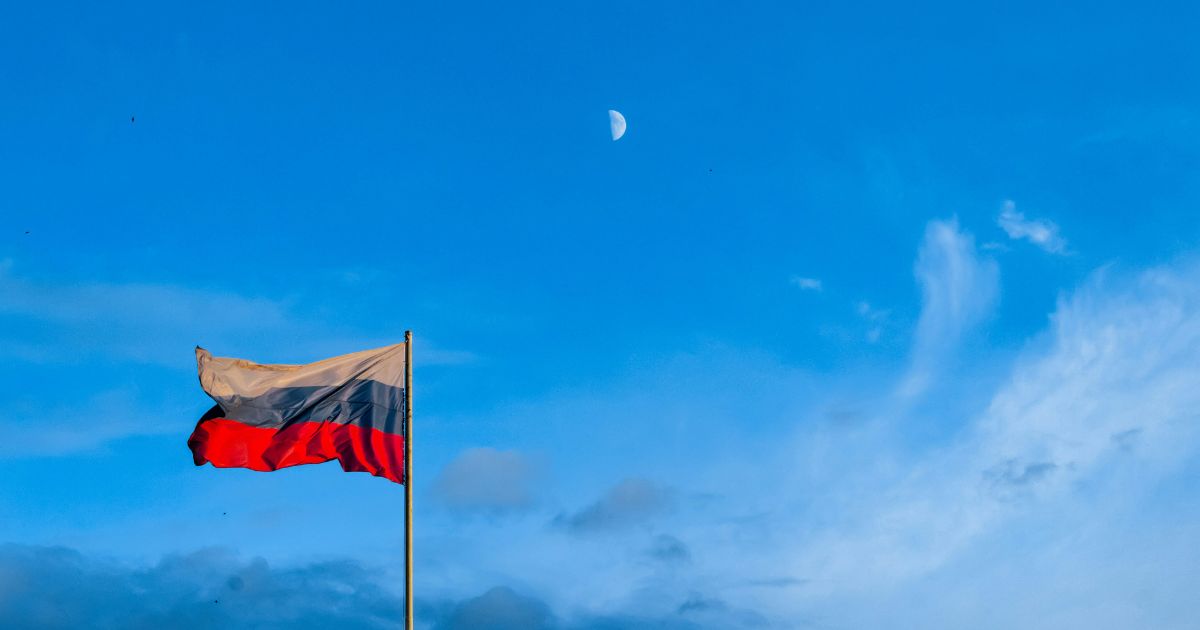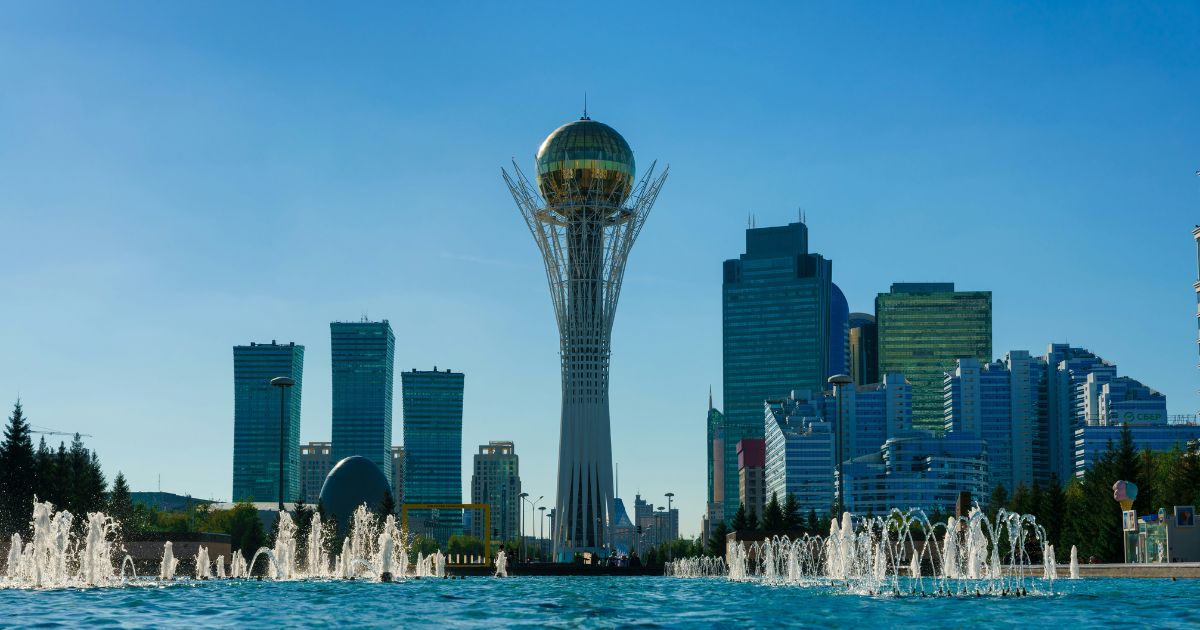Russia is contemplating an increase in the value-added tax rate to ensure the budget deficit does not spiral and to shore up reserves, four sources said, even as President Vladimir Putin’s government has made a public vow that there would be no tax increases.
The preliminary budget is due to be laid before parliament on September 29. Its major elements are negotiated with Putin in advance and are not likely to change much during the proper parliamentary debate.
Russia, which is in the fourth year of hostilities in Ukraine, has increased personal and corporate taxes for this year, but the government nevertheless had to triple its federal budget deficit projection to 1.7% of gross domestic product (GDP) in May.
It is now poised to surpass that level, an unnamed official was quoted by state media this month as saying. The 0.9% of GDP deficit for 2026 contained in a budget law last year also appears set to be surpassed.
AN INCREASE MIGHT CUT THE PROJECTED BUDGET DEFICIT IN HALF
Four government sources have confirmed this week a report by The Bell, an overseas media publication, that the government is in talks to raise the value-added tax (VAT) to 22% from 20% to help contain the deficit.
The report didn’t mention a potential timeline for a decision, but one of the sources said it was being considered for the budget in 2026, as long as the budget rule that saves windfall oil revenues is still on.
“By how much can the deficit be cut and still meet the budget rule? Only by increasing taxes, because there is little room left to cut, either defense expenditure or social expenditure,” one source said.
VAT raised 37% of federal budget revenues in 2024, and the potential increase could cut the anticipated 2026 deficit by half, based on Reuters calculations.
Russia’s economy has kept on growing despite the strengthening Western sanctions for the war in Ukraine. But GDP is set to slow to about 1% from a 4.3% rate last year, and inflation still tops 8% in a nation where half of the workforce and 40% of incomes now flow to defence and security.
Government expenditure is the main source of economic growth in Russia, and with Putin voicing discontent over the slowdown in the economy and the necessity to keep funding the war of attrition in Ukraine, reductions in spending are not likely.
NOT YET A FINAL DECISION
Finance Minister Anton Siluanov has maintained that the budget rule, whereby energy revenues received in excess of Russia’s planned price of oil, currently $60 per barrel, are distributed to the fiscal reserve fund, will stay.
Following Russia’s deployment of troops in Ukraine in 2022, Western countries banned insurers and shipping service providers from enabling Russian exports of oil at a price of less than $60 a barrel. India increased its imports of Russian oil significantly, but is now under pressure from U.S. President Donald Trump to stop.
The Russian fund, independent of the nation’s central bank reserves, has around 4 trillion roubles in cash on hand, which can be utilized to finance the deficit as well. The government will draw 447 billion rubles from the fund this year.
Putin, who in 2024 promised no significant shifts in the tax system until 2030 after the tax increases, which came into effect in 2025, has requested the government on September 5 to raise revenues through increased productivity, not taxes.
The source who explained that little could be cut from the federal budget, maintained that the military expenditure could not be reduced, and small reductions in the social domain would not prove to be much of a help.
It’s like cutting a piglet—lots of squealing, not much meat. If we could cut 1–2 trillion rubles, well and good, but you can’t cut figures like that, they’re not there. You can cut a few million, perhaps hundreds,” the source explained.
RISING ANXIETY ABOUT THE BUDGET
A two percentage point VAT rise in 2019 added 0.6 percentage points to inflation that year, the central bank said, having promised to bring inflation down by half to bring it back to its 4% target.
But central bank governor Elvira Nabiullina tentatively supported a tax rise, saying following the September 12 board meeting that it was preferable to raise additional revenue rather than to expand the deficit.
She attributed the deficit size to how much further the central bank can reduce rates from the current 17%, a rate viewed by economists as too high to stimulate growth.
Putin has spoken of the fact that Russia’s low debt means that it can borrow more, and new debt is not something to be feared, but rates even for the government are at about 13%, and interest outlays are projected at 2% of GDP in 2025.




